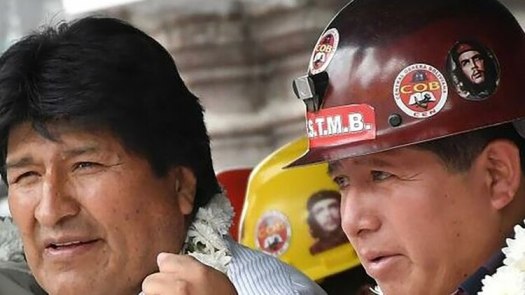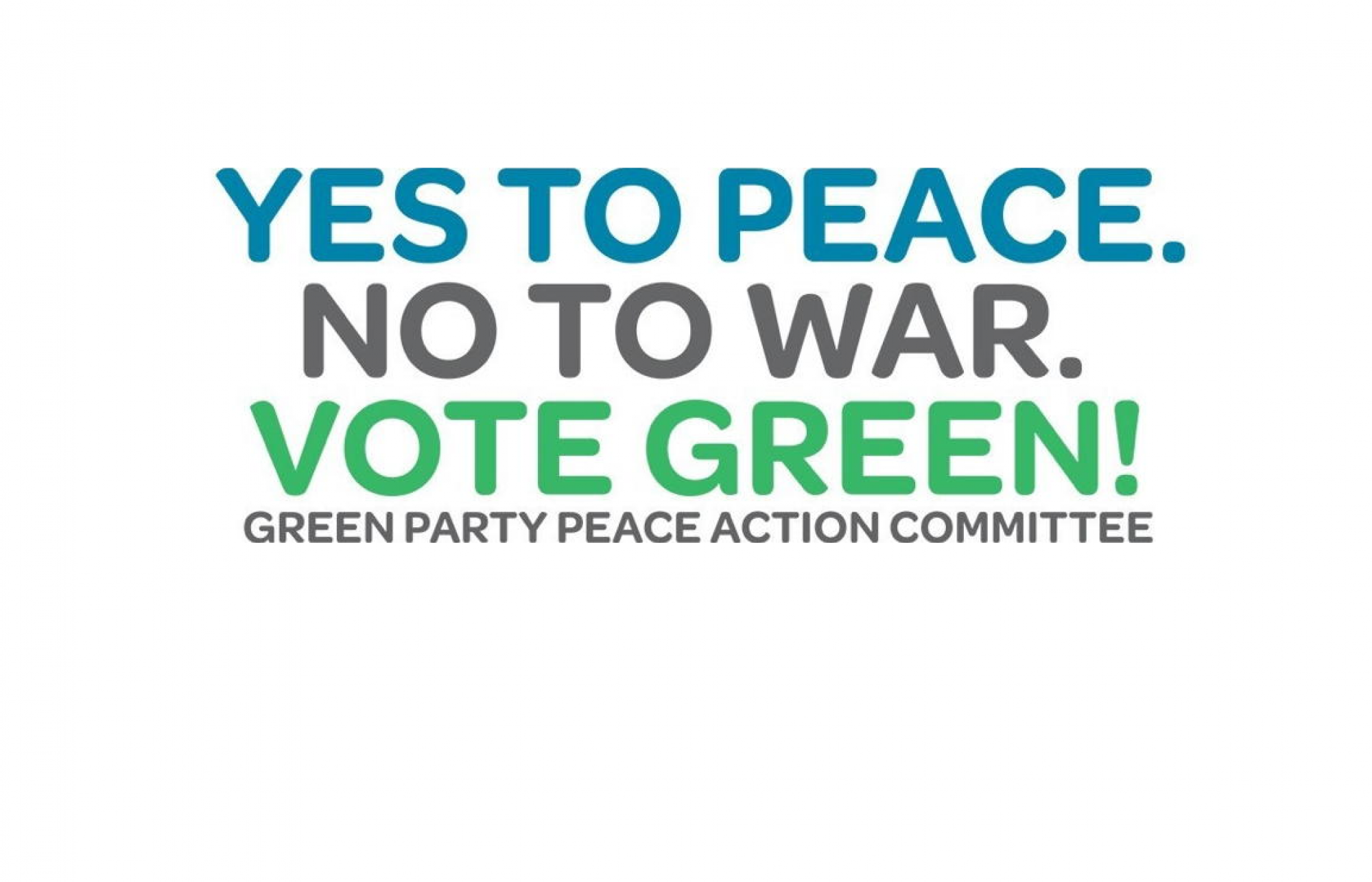Interview with a Political Activist in El Alto
[Note: The following interview with a Bolivian activist in El Alto, whose name is being withheld for obvious security reasons, was conducted by The Organizer editorial board member Alan Benjamin on Sunday, November 17. The interview is reprinted from the November-December 2019 issue of The Organizer.]
Question: What is the situation in Bolivia in the aftermath of the coup? How is the resistance to the coup being organized?
Answer: After the conspiracy of the police, the military, and the right-wing leaders that led to the November 10 resignation of Evo Morales and placed the coup-plotters in the governmental palace, their first measure was to burn the Whipala, the flag that represents the Quechua-Aymara peoples and that is recognized as one of the nation’s two flags in the 2009 Political Constitution of the State.
The burning of the Whipala means the return to the heinous racism and discrimination by the traditional right wing. This action by the coup government, together with the self-proclamation by supposed “president” Jeanine Añez, has triggered the mobilization of scores of popular sectors, neighborhood councils, and youth from the city of El Alto, the main bastion of the struggles of October 2003 and 2005 that succeeded in ousting then-president Gustavo Sanchez de Lozada, known as the “Gringo Goni.” Workers and youth at that time had mobilized against Goni’s Hydrocarbons Law with protests that were met with large-scale repression, resulting in 60 deaths.

Since Monday, November 11, massive marches of people have descended every day from the city of El Alto to the seat of government in La Paz. Hundreds of police, military and armored cars have sealed off the Plaza Murillo (where the government palace is located), repressing the population with tear gas and arresting people who were not even participating in the mobilizations. People have been apprehended just for carrying a Whipala.
Likewise, the peasants and neighbors of the poorest areas around the southern zone of La Paz have been repressed savagely. Two people have been killed, as the local authorities have had to acknowledge.
Relatives of the killed activists have reported in the social media how the military are breaking into people’s homes and beating the activists and their families indiscriminately.
The media are silent, but the social networks are flooded with videos and images that show the savagery that has been unleashed against the population.

The most recent repression occurred on Friday, November 15, when peasants from the Cochabamba region were heading towards the center of that city in a peaceful march, but were intercepted at the Huayllani Bridge, in the Sacaba region, by the military and police forces, which fired lethal weapons at the unarmed population.
The result of this police-military operation was nine deaths and hundreds of wounded and arrested. The media have sought to present this as an “armed confrontation” between the military and the demonstrators — but the fact is that not a single police officer, not a single soldier, was killed.
The media have ignored the statement by Cochabamba public defender Nelson Cox, who declared: “Visiting the hospitals, we have not found a single wounded policeman or soldier. There can be no talk of confrontation when what occurred was an action by the military and police that harmed the lives of the civilians who were mobilizing peacefully.” (statement posted on the website of Chasqui Clandestina)
On the following day, Saturday, November 16, a widely attended Cabildo [a town-hall meeting, or popular assembly – Tr. note] took place in the city of El Alto. Neighbors, workers, and young people gathered behind the Whipala with a black emblem attached to it, to signify the people’s outrage over the repression by the military and police forces which, so far, has taken the lives of 23 people, with hundreds of people seriously wounded and/or arrested.
All 14 districts that make up the city of El Alto were represented at the Cabildo. Peasant representatives from the 20 provinces of the department of La Paz were also present, as were rural teacher delegations from Alto Beni (which is the eastern sector of Bolivia), among other sectors.
The leaders of the Federation of Neighborhood Councils (FEJUVE) of El Alto were disavowed on the grounds that they are corrupt and do not represent the interests of the people of El Alto. As a consequence a new leadership of the FEJUVE has been formed.
Among its main decisions, the Cabildo called for the resignation of self-proclaimed president Jeanine Añez and the immediate release of all detainees nationwide. It also declared an indefinite strike with the blockade of 1,000 street corners.
As the workers and people were gathered in the Cabildo in El Alto, the so-called president issued Supreme Decree 4078, which authorizes the armed forces and police to “restore internal order” without having to be held accountable for their criminal actions. This is nothing but a license to kill.
As we speak [Sunday, November 17] popular sectors, carrying out the decisions of the Cabildo, are currently taking up their positions at the designated blockade points. We don’t yet have information about what is happening with the blockades. We are certainly not going to get reports from the national media, which has been assigned the task of turning a blind eye to the savage repression and making the anger of the population at the measures of the so-called president Jeanine Añez invisible.

Evo and leader of the National Mine Workers Federation (FSTMB)
Question: What has been the policy of the Bolivian Workers Central — the historic COB confederation — in relation to the recent coup, and, more recently, to the resistance? Have there been discussions within the COB and/or its affiliates regarding the November 10 COB statement, which we in the United States found shocking, calling for Evo’s resignation “for the sake of the health of the nation”?
Answer: On November 10, as you point out, the main leader of the COB, Juan Carlos Guarachi, called for the resignation of Evo Morales in the name of “preserving the peace in the country.” A similar statement was issued by Orlando Gutierrez, leader of the National Mineworkers Federation (FSTMB), the backbone of the COB. This marked a right-wing break by the COB and its main affiliate with the government of Evo Morales.
In the aftermath of the resignation of Morales and in response to the ongoing popular mobilizations, the COB issued a resolution dated November 12 stating that the powers-that-be had 48 hours to come up with a “constitutional solution,” otherwise they would declare an indefinite general strike.
But what kind of “constitutional solution” can be reached when you have a self-appointed president, supported by the armed forces, who has trampled upon the Constitution? She cannot even muster a sufficient quorum in the Congress to have herself declared a rightful president. The COB has remained silent until now, even though the 48-hour deadline has come and gone.
Having said that, there is growing dissension in the union ranks.
Prior to the coup, mineworkers in the State sector — in Huanuni, Vinto, Coro Coro, and Colquir — denounced the fact that behind the “Citizen Mobilizations” lurked the old right-wing parties.
Recently, on November 12, the most combative union of the FSTMB — the mine workers’ union in Huanuni — adopted a resolution denouncing all those who have lent a hand to the right wing, highlighting the leader of Santa Cruz Civic Committee billionaire Luis Fernando Camacho as a racist. The resolution affirms that, “the struggle has begun” and that “a state of emergency has been declared in Huanuni” — but to date the union has not called for mobilization.
Question: Any further comments?
Answer: At this moment, the main demand of the mobilized sectors of the population — a demand with which I concur fully — is the resignation of Jeanine Añez, who symbolizes the return of the gorilla and racist right wing. If the COB and FSTMB were to join the mobilizations, this would mark a real show of strength by the workers’ and people’s organizations against the perpetrators of the coup.
Original attribution: https://socialistorganizer.org/2019/11/18/direct-from-bolivia-popular-resistance-mounts-against-the-coup/


You must be logged in to post a comment.